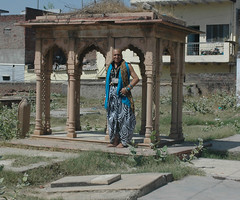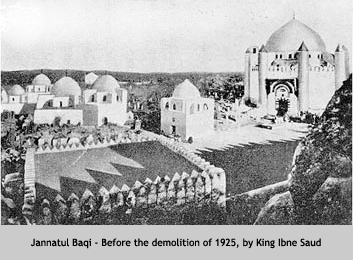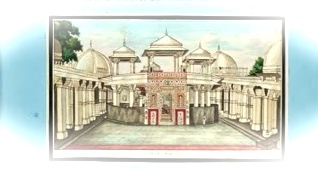
Blessed Grave of Shahid-E-Salis at Agra
Dr.Mazhar
Naqvi
Qazi
Nurullah Shustri is well-known among Imamis as ‘Shaeed-E-Salis’ (Third Martyr).But
there is very little awareness about his sons. Even his popular shrine on Dayal
Bagh Road at Agra does not have anything to offer details about the worthy sons
of the great scholar who was martyred on the orders of Emperor Jahangir on September
7, 1610.After rising to the position of Chief Qazi of Mughal Empire, he
attained martyrdom as a result of conspiracy hatched against him by some
fanatics. Jahangir had not even allowed his burial and his body lay unattended
as no one dared to perform his last rites out of fear. After a few days, some Iranian merchants buried him near
Bhagwan Talkies Crossing .They were camping at Gwalior and one of them was directed by Bibi Fatima in a dream to proceed to Agra immediately with his
companions to arrange the burial of her ’ son’.
It
is quite strange that his sons remain unknown to the lovers of Ahle-Bait, for
neither Jahangir nor his successors persecuted them. Historians could have
easily penned down their biographies because all of them were great scholars
and pious in nature. His eldest son Allama Syed Sharif was born on 19 Rabi-Ul-Awwal
in 992 Hijri (March31,1584).He received his early education from his father. Then,
he studied under Muhaqqiq Mir Taqi, Muhammad Nassaba Shirazi and other learned
academicians. Mirza Ibrahim Hamadani taught him some portions of the Shark
Marat. He specialized in traditions under Mulla Abdullah Shustri. In
Fiqh(Jurisprudence), Sheikh Bahauddin Amili instructed him and also authorized
him to teach his works to students of higher learning. Sharif left for Iran for
further studies. His father regularly urged him in his letters to attain
perfection in knowledge. His intellect and knowledge attracted the attention of
Shah 'Abbas Safavi who invited him to his court. His father received this news
much delight and thanked Allah for the progress of his son. By 1603, Sharif had
attained the status of Mujtahid but Qazi asked him not to enter employment at
court but devote two more years to higher studies and intellectual debates. Although
separation from son was quite distressing, Qazi preferred to face court
intrigues alone so as to enable Syed Sharif become a scholar par excellence. However,
the mounting difficulties of his father prompted Sharif to return to Agra. He
could not bear the pain of his innocent father’s martyrdom and died at the age
of 28 years on June 17, 1611.In his brief life, he wrote books like Hashiya Tafsir Bayzawi,Hdshiya on Hashiya-i
Qadima, Hashiya Shark Mukhtasar 'Azudi and Hashiya on Hashiya-i Mutfaw. He
also composed a treatise on nine religions and other topics. Ironically, none
of these works survive but it is evident from the titles that they were meant
for higher studies. Sharif was also an accomplished poet.

Graves at Shahid-E-Salis Complex
Qazi’s
second son was Syed Muhammad Yusuf. He was also a poet but no details about his
life are available. It is assumed that he shifted to Iran and breathed his last
there. His third son, Alavi Mulk, also received his early education from his
father. He is believed to have left for Iran after Syed Sharif’s death with the
whole family. Alavi obtained higher education in Shiraz and then returned to
India. He took up teaching as a career in Agra and became tutor to Prince Shah
Shuja', the second son of Shahjahan. He also wrote several books .Of these, only
Firdaus based on the history of Shiraz survives.
Syed
Abul Maali, the fourth son of Qazi , was born in June,1596.
He also reportedly moved to Iran with his family and returned to India with his
brother. He spent some time in Qutb-Shahi kingdom where he translated ‘Masaibun-Nawasib’.
Then, he moved to Bengal .He died in 1636 after authoring few books, commentary
on ‘Surah lkhlas’ and treatise on miscellaneous topics. The fifth
son of Qazi was born in 1603.His name was Ala-ud Daula. He was alive when his
brother wrote Firdausi. He was also a great scholar and poet.(References available on request. The article
has been posted to mark the birth anniversary of Qazi Nurullah Shustri’s eldest
son, Allama Syed Sharif today i.e.19th Rabi-ul-Awwal.Photo Courtesy
Google Images)
















.jpg?itok=3aDcl_QD)


